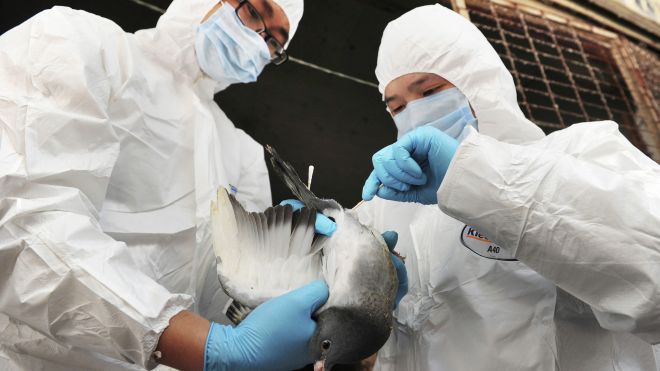
According to the World Health Organization, a surge in cases of the deadly new strain of bird flu has been reported in China at the beginning of 2014.
Only a handful of people had been infected with H7N9 since June, but health officials have reported 73 cases so far this month.
Influenza researchers argue the winter season and preparations for Chinese New Year may be driving the increase.
The WHO called for vigilance, saying the virus was likely to remain present for some time.
H7N9 made the jump from infecting domestic chickens and ducks to infecting people at the end of March 2013.
Within a month, 126 cases and 24 deaths had been recorded.
The virus was stopped in its tracks as control measures, such as closing live poultry markets, were introduced.

There were just five cases between June and November.
The recent jump takes the total number of cases to 219, including 55 deaths.
Apart from a couple of cases in close family clusters, the virus has not been able to spread from person to person.
Gregory Hartl, spokesman for the WHO, said flu viruses circulated more easily during the colder winter months.
“Our calculation was always that we were going to have to watch the winter, and that’s where we are at the moment.
“We need to remain vigilant, but so far the virus does not seem to have mutated in any way,” he says.
“Some people will be looking very closely at the Chinese New Year, when there will be lots of people travelling.
“It will be crowded on trains and they’ll also be travelling with chickens.”
The H7N9 virus itself, however, does not appear to have mutated in a way that could make it more likely to spread around the globe.
[youtube FRvy3VcalKM 650]